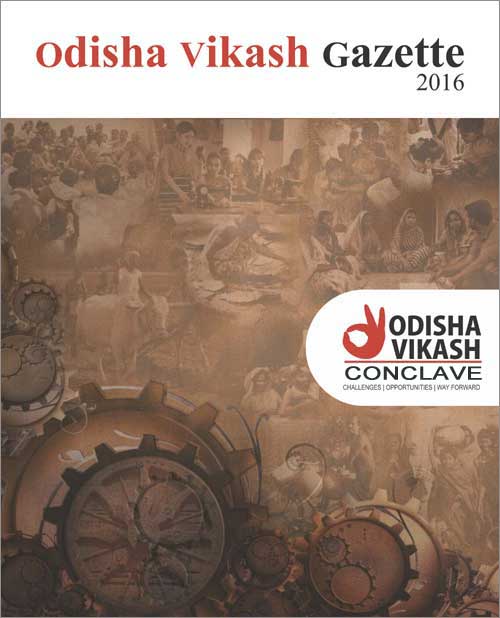Women & Violence
Venue: Auditorium – DRTC, CYSD
UN Secretary General Antonio Guterres, in 2018, described Sustainable Development Goal 5, which seeks to achieve gender equality and empower all women and girls, as the greatest human rights challenge. As part of Goal 5, there are 3 targets and 6 indicators that specifically address violence against women and girls, showing their criticality for ensuring meaningful gender parity and empowerment. This sentiment finds expression in Indian Constitution too, with its preamble according primacy to the goal of equality for all citizens. The Constitution goes beyond granting equality to women by empowering the Government to adopt positive discrimination measures in favour of women. This is to negate the cumulative socio-economic and political disadvantages faced by them.
Yet, there are huge gaps between the legislations and policies and the reality lived by women. This is most evident in alarming levels of overt violence against women. More worrying is the scale of structural violence against the unborn due to female foeticide, and the inadequately cared for girl child, which is captured by declining female ratio in population. At the root of gender inequality in India are informal and formal socio-economic norms and practices. Consequently, women from scheduled tribes and scheduled castes, a majority of whom live in rural areas and work in informal and unorganized sector, are even more marginalized, poor, and socially excluded.
In Odisha, women and girls, have over the past decade, become more visible in urban life. However, this has been accompanied by women’s steep decline in rural workforce. Census 2011 reveals that the number of women in agriculture and farm labour went down 19% over a decade. It also showed a sharp fall in sex ratio, with child sex ratio being worse. The National Crime Records Bureau data for 2016 shows that Odisha had the third highest rate of crimes against women with the National Family Health Survey (NFHS) 4 revealing that 1 in every 3 women in the State aged 15-49 had experienced physical violence, including 3% who encountered violence during pregnancy, while 7% women had faced sexual violence.
Discussion Points:
- What mechanisms by Government of Odisha (GoO) are in place to ensure accountability for violation of laws, policies, and schemes to address violence against women?
- Which best practices and models can Odisha adapt to address violence against women?
- What mechanisms, including budgetary provisions, are necessary to improve access of women experiencing violence in Odisha, to the legal and medical system (especially filing FIRs and going for necessary medical care aandtests)?
- How can convergence amongst the relevant GoO Departments, including Home, Women and Child Development, Health, and Labour and Industry, addressing violence against women, be improved?
- What needs to be done to ensure that law enforcement agencies, especially the police and judiciary in Odisha, seriously and sensitively deal with gender violence cases, to secure higher conviction rates?
- How can coordination amongst GoO, CSOs, Corporate Groups, Media, Academia, and Community Institutions in the state be enhanced to effectively check overt and structural violence against women and girls in Odisha?


